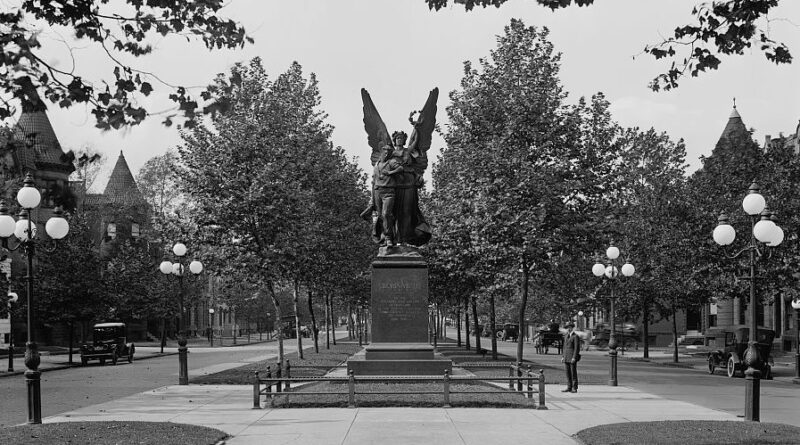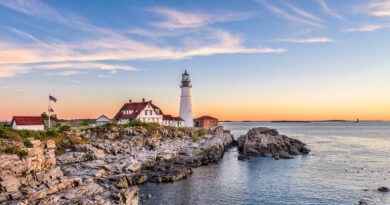History of Baltimore Maryland
Baltimore, Maryland, is a city with a rich history dating back to the 1700s. The city was founded by the English in 1729 and quickly became an important port and industrial center. Over the years, Baltimore has played a significant role in American history and has been shaped by the diverse cultures and communities that call it home.
In the late 1700s and early 1800s, Baltimore was a major center of shipbuilding and manufacturing. The city’s strategic location at the head of the Chesapeake Bay made it an ideal spot for trade and commerce. The Baltimore and Ohio Railroad, the first common carrier railroad in the United States, was chartered in 1827 and it greatly contributed to the city’s growth and development.
During the Civil War, Baltimore was a divided city. Though it remained in Union hands, the city’s strong pro-Southern sympathies led to the deployment of federal troops to keep the peace. The most notable incident was the Pratt Street Riot of 1861, which resulted in the deaths of several soldiers and civilians. Despite the tension, Baltimore continued to be an important center of industry and commerce during the war.
In the late 1800s and early 1900s, Baltimore experienced a period of rapid growth and expansion. The city’s population swelled as immigrants from Ireland, Germany, and Eastern Europe flocked to the city in search of work. The neighborhoods of Baltimore reflect this diversity, each with its own unique character and history.
One of the most important figures in Baltimore’s history is Frederick Douglass, a former slave who escaped to freedom in 1838 and went on to become a prominent abolitionist, orator, and writer. He lived in Baltimore for a time and worked as a ship caulker and later as an abolitionist. His legacy can be seen today in the Frederick Douglass-Isaac Myers Maritime Park, which celebrates the contributions of African Americans to the maritime industry.
Another key figure in Baltimore’s history is Edgar Allan Poe. Poe lived in Baltimore for several years and wrote some of his most famous works, including “The Raven” and “The Tell-Tale Heart,” while living in the city. Today, visitors can tour the Edgar Allan Poe House and Museum to learn more about the author and his time in Baltimore.
In the 20th century, Baltimore experienced a period of decline as industry and manufacturing jobs moved out of the city. However, the city has undergone a resurgence in recent years, with a renewed focus on tourism, culture, and the arts. Today, Baltimore is home to a thriving arts scene, including the Baltimore Symphony Orchestra and the Baltimore Museum of Art. The Inner Harbor area, once a hub of industry, has been revitalized and is now a major tourist destination, with a variety of shops, restaurants, and attractions.
Baltimore is a city with a rich and diverse history, shaped by the many different cultures and communities that have called it home over the centuries. From its humble beginnings as a colonial port to its modern-day resurgence as a tourist and cultural destination, Baltimore has played a significant role in American history. Visitors to the city can explore its rich past through a variety of historical sites and museums, including the Baltimore Museum of Industry, the American Visionary Art Museum, and the Baltimore Museum of History. Whether you’re a history buff, a culture vulture, or just looking for a fun day out, Baltimore has something to offer everyone.
Discover more from City Towner
Subscribe to get the latest posts sent to your email.




